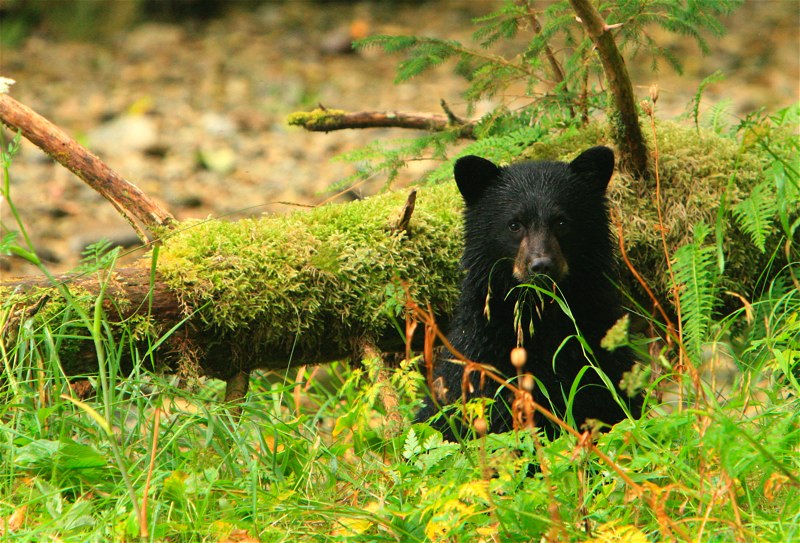Nonprofits, Government, and
Business Join Forces to Conserve
Despite their regular appearance in the news, grantmaking foundations remain something of a mystery to most people, surveys show. Recently the Hewlett Foundation newsletter took a look at some of the many forms foundation work can take. Here’s one. To see the others, click here.
When an unlikely alliance of government officials, conservationists, timber industry executives, and First Nation representatives stood together in Vancouver in December 2008 to announce they had a deal, it also was a testimony to what is possible when foundations work together.
The dignitaries had gathered on that late fall day to announce agreement on a framework to protect the Great Bear Rainforest, then the world’s largest unprotected tract of coastal temperate rainforest.
The agreement, a culmination of more than a decade of talks, placed 5 million acres under strict protection and another 16 million under sustainable management rules, for a total of 21 million acres. The sustainable management rules will allow the timber industry to have reliable use of the forests, and a new public/private financing mechanism will enable the indigenous people there to develop ecotourism and other ways to earn a living.
The William and Flora Hewlett Foundation was among more than a half dozen foundations that together committed nearly $58.5 million to create an endowment fund to support conservation management and sustainable economies with the First Nations, as the indigenous communities are known. About 30,000 people live in the region.
At the time, Rhea Suh, then a program officer for the Hewlett Foundation’s Environment Program, called the agreement “the environmental movement’s biggest victory in a decade” and an unprecedented example of cooperation among all parties, including government, private citizens, and the nonprofit world. Joining Hewlett and its grantees from the nonprofit world were the Tides Canada Foundation, the Gordon and Betty Moore Foundation, the David and Lucile Packard Foundation, Wilburforce Foundation, the Rockefeller Brothers Fund, and The Nature Conservancy.
An additional $29.2 million from British Columbia’s provincial government as well as another C$29.2 million in Canadian federal funds will be used for investments in ecologically sustainable business ventures in First Nation territories. This includes the development of ecotourism and sustainable fisheries and forestry.
The Great Bear Rainforest, sometimes called Canada’s Amazon, is located along the north and central coast of British Columbia and comprises fully a quarter of the world’s remaining coastal temperate rainforest. It is home to thousands of species of plants, birds, and animals, including 295-foot Sitka spruce, grizzly bears, coastal wolves, a unique subspecies of goshawks, and 20 percent of the world’s wild salmon stocks.

